I'm trying to create a Python script that detects holes, ends and beginnings of a line. I thought that openCV would be great to achieve this.
So for example everything starts with this image:
finally what I want to achieve is this:
So I began with importing the image into Python and converting it in grayscale. Now I came to the idea to track the holes by using the goodFeaturesToTrack() method. It's normally used to find corners in the image.
However that didn't work so well because after that the script knows the points, but it doesn't know if a point is from a hole or if it's the beginning or end of the line. Another problem is that if I use another image this method detects more points than just the holes, beginnings and ends of the line.
Here is my full code to understand my problem a bit better:
import cv2
import numpy as np
import matplotlib.pyplot as plt
# lodes in img
img = cv2.imread('png1.png', cv2.IMREAD_COLOR)
img_gray = cv2.cvtColor(img, cv2.COLOR_RGB2GRAY)
corners = cv2.goodFeaturesToTrack(img_gray, 200, 0.05, 10)
for corner in corners:
x, y = corner.ravel()
cv2.circle(img, (x,y), 7, (255,255,0), -1)
cv2.imshow('img',img)
I have no idea to get around this problem.


